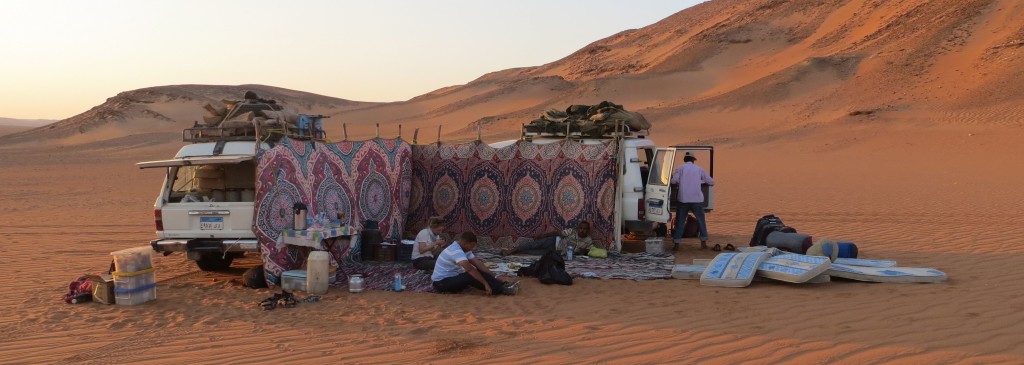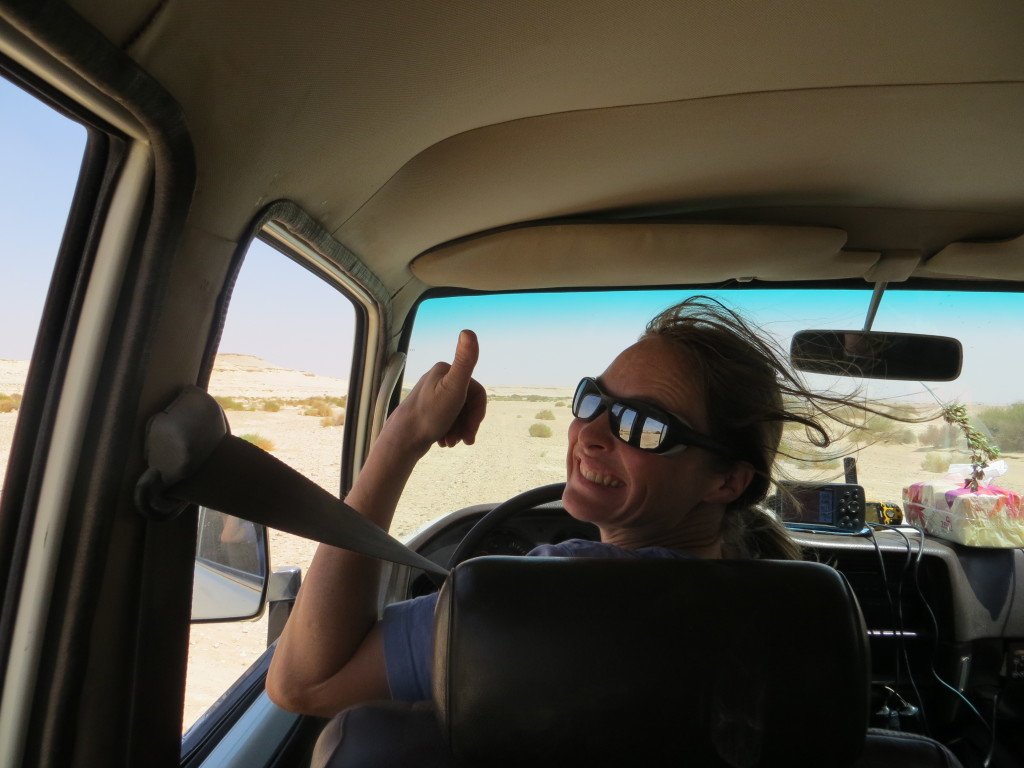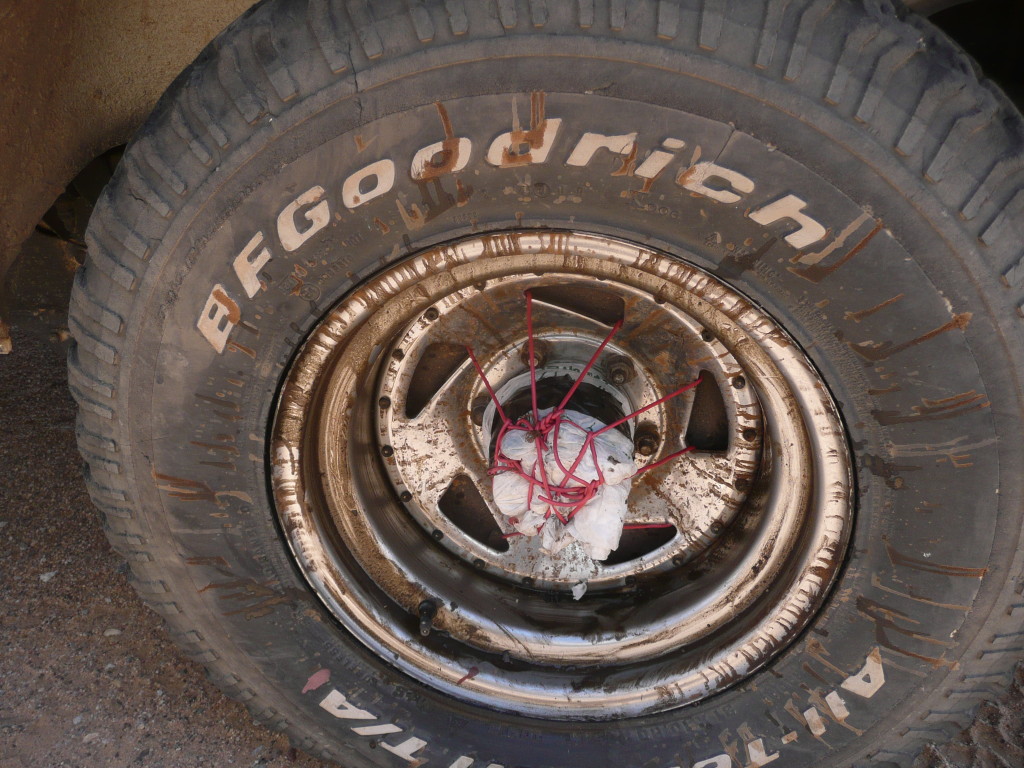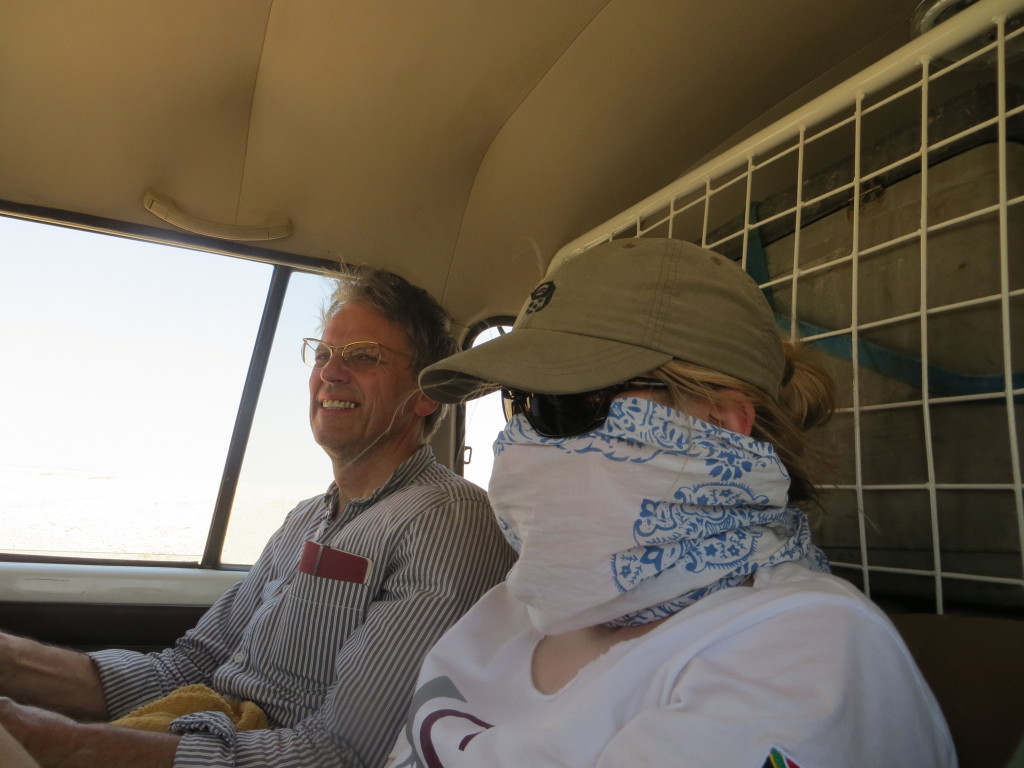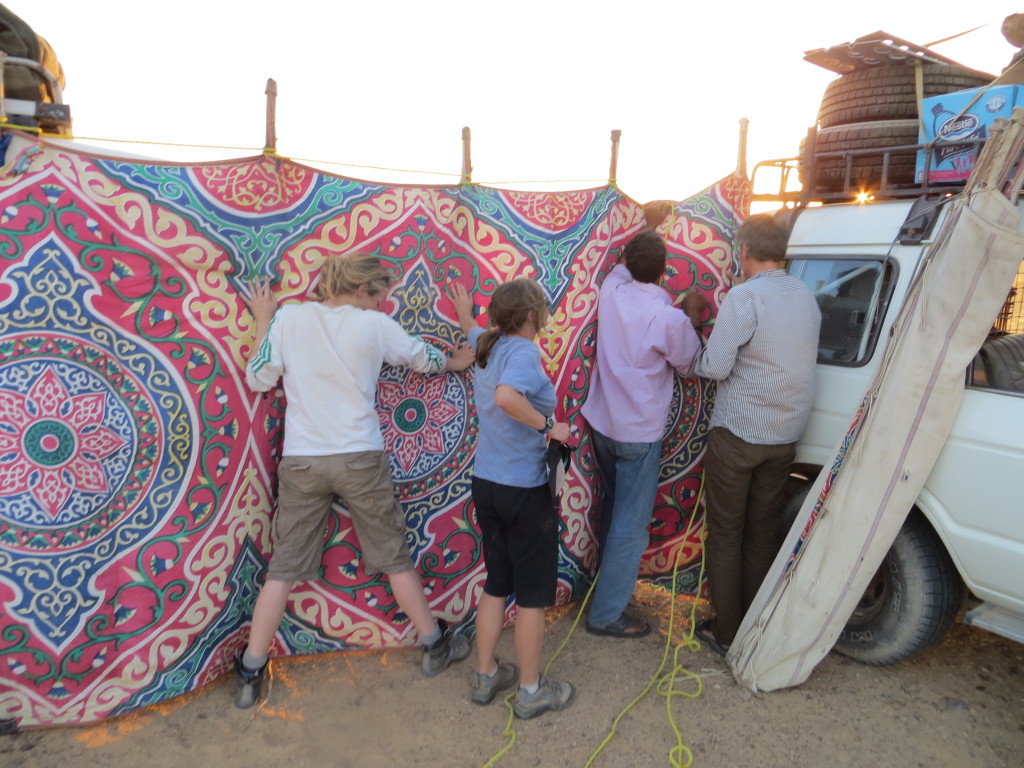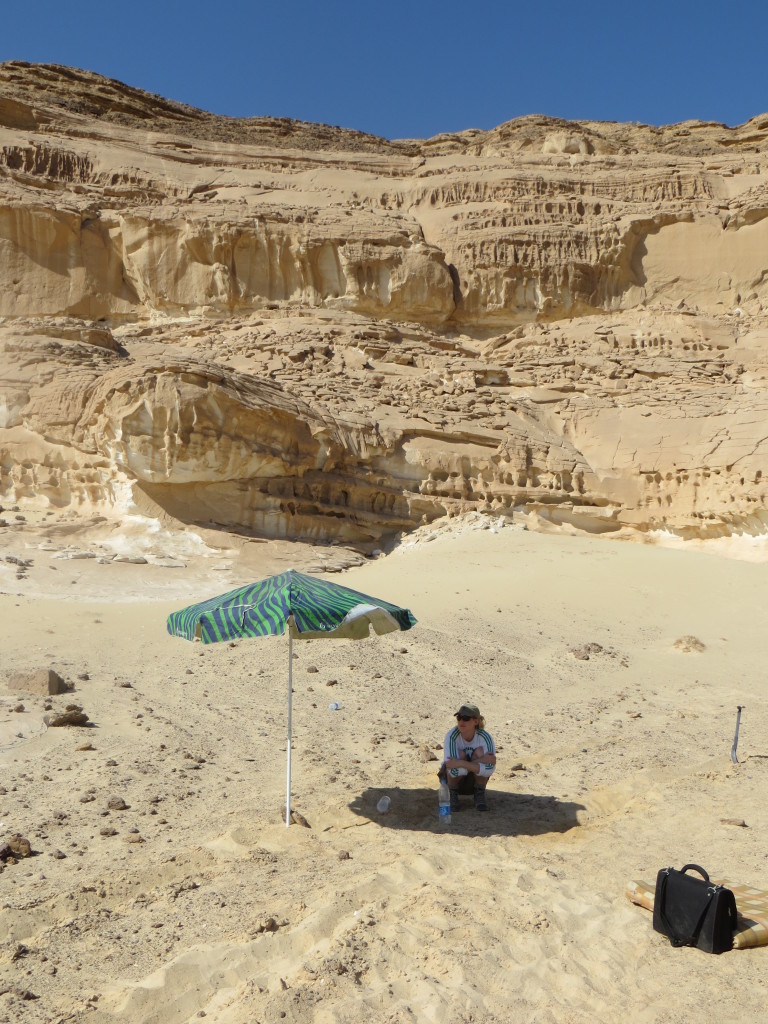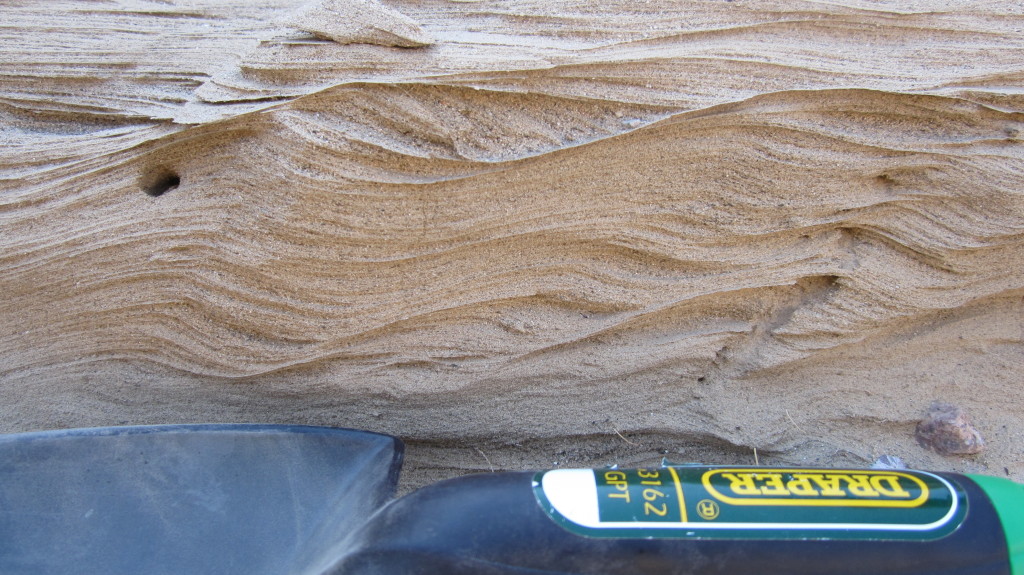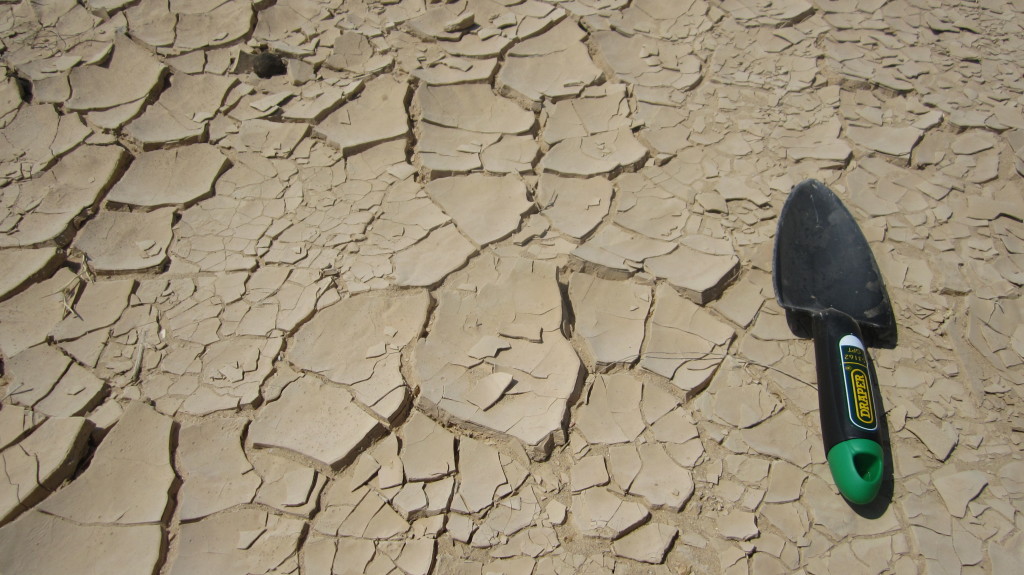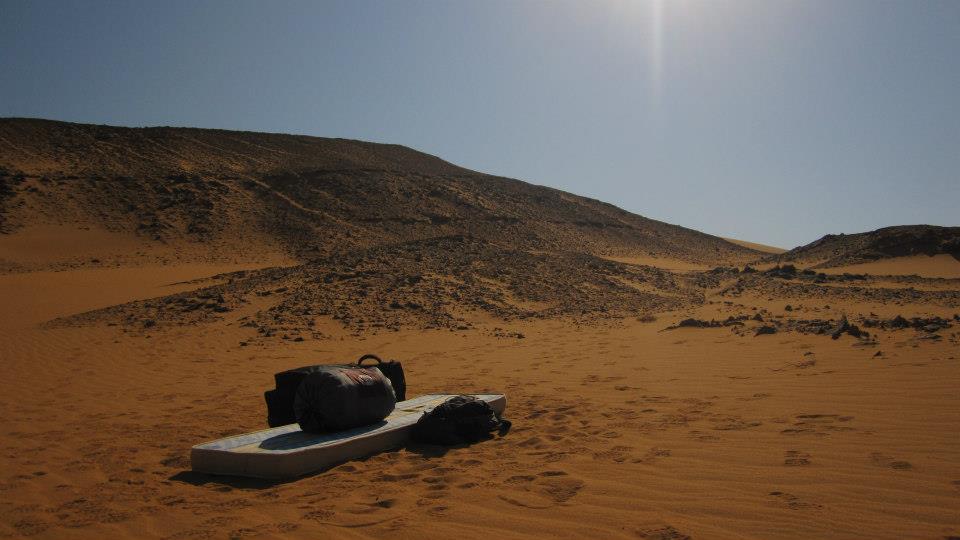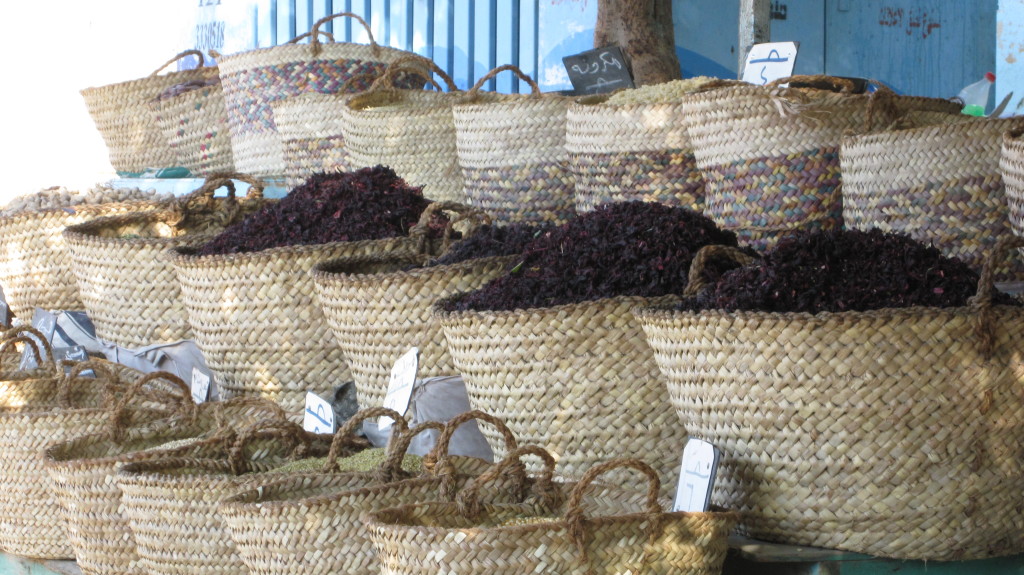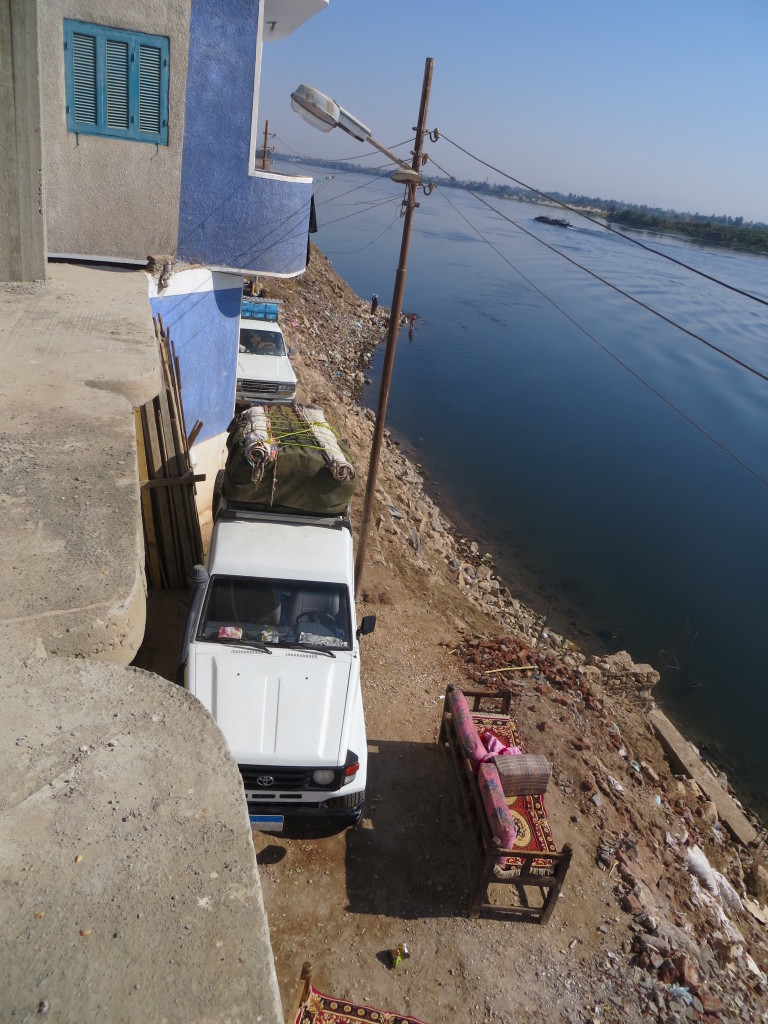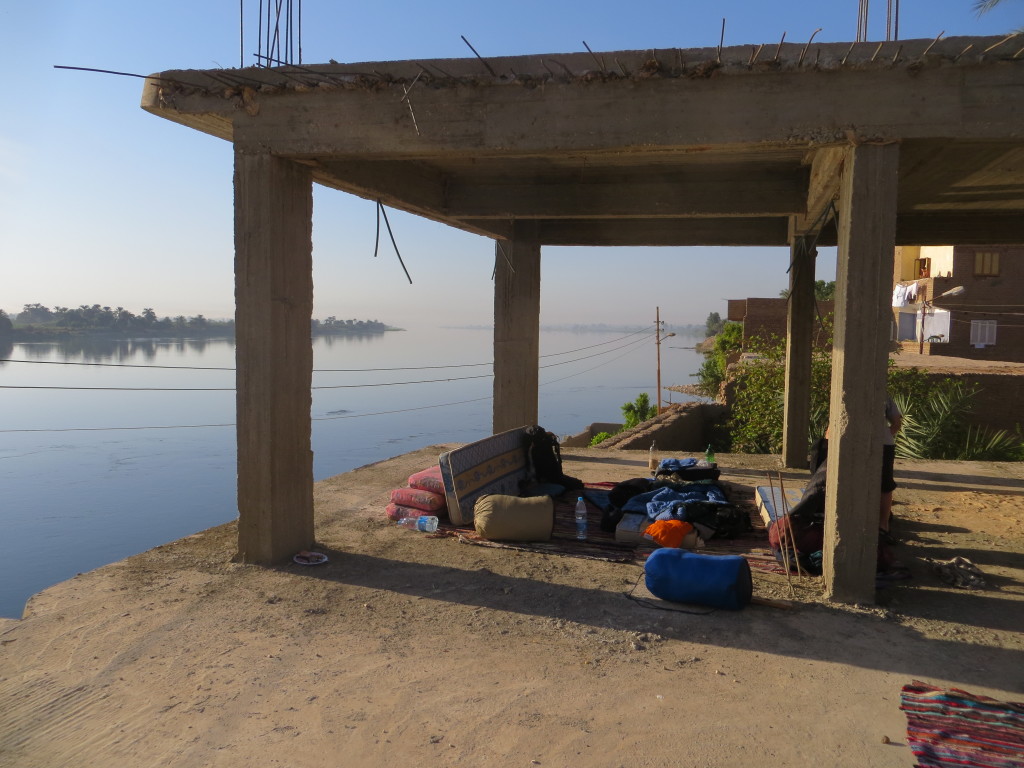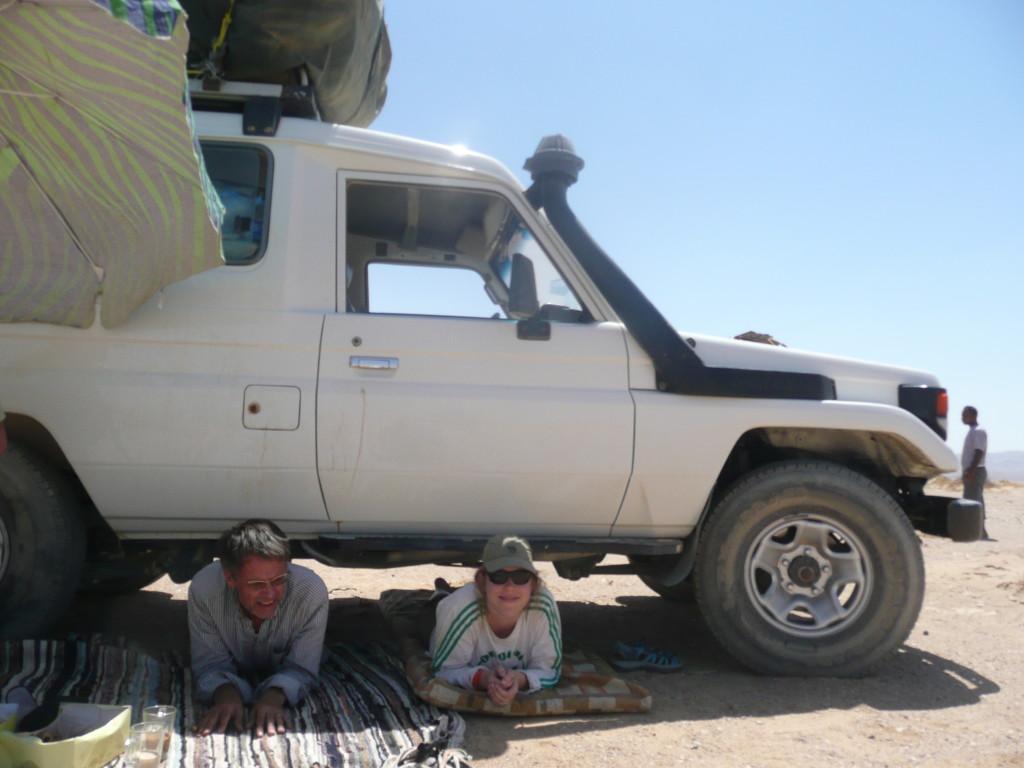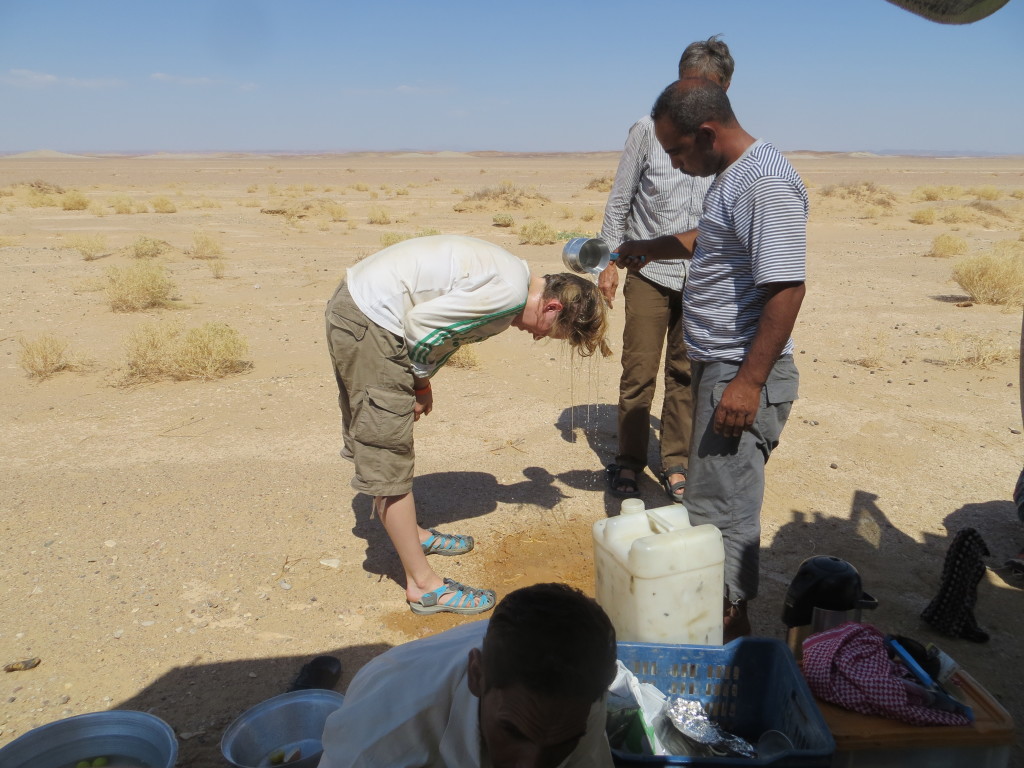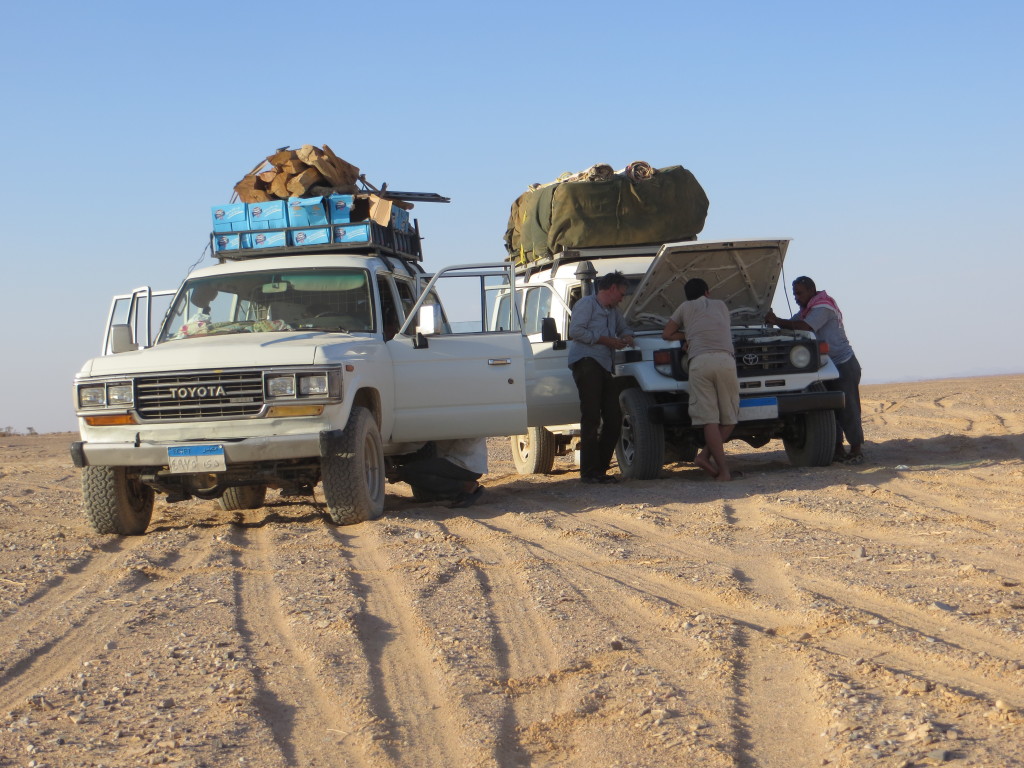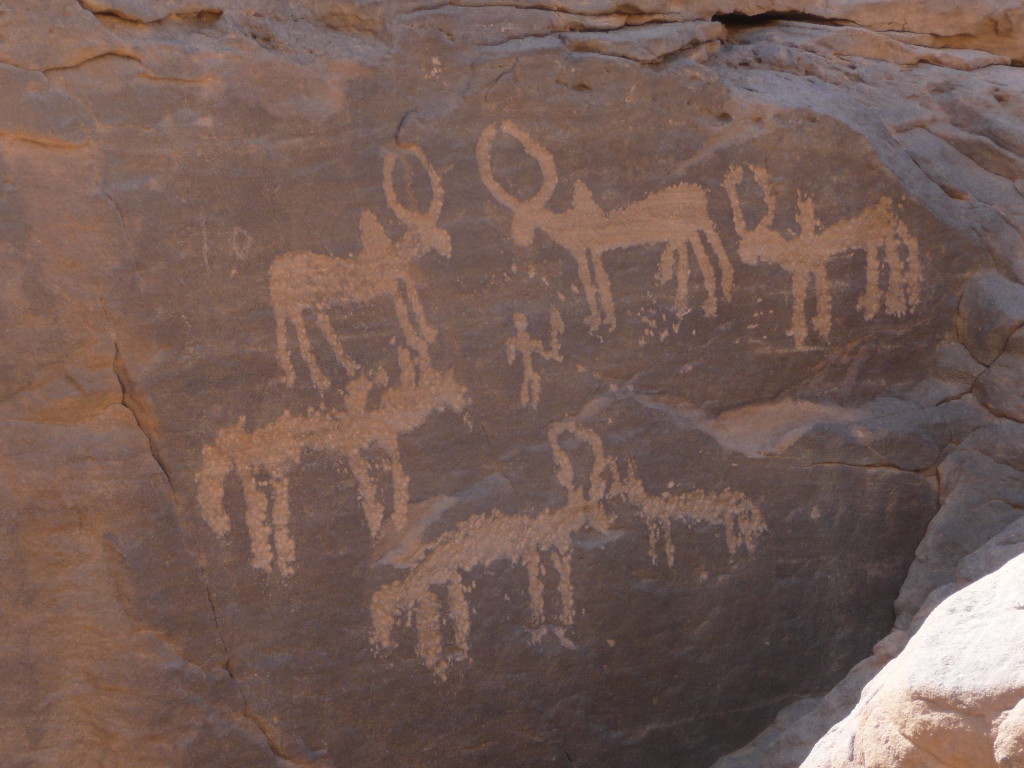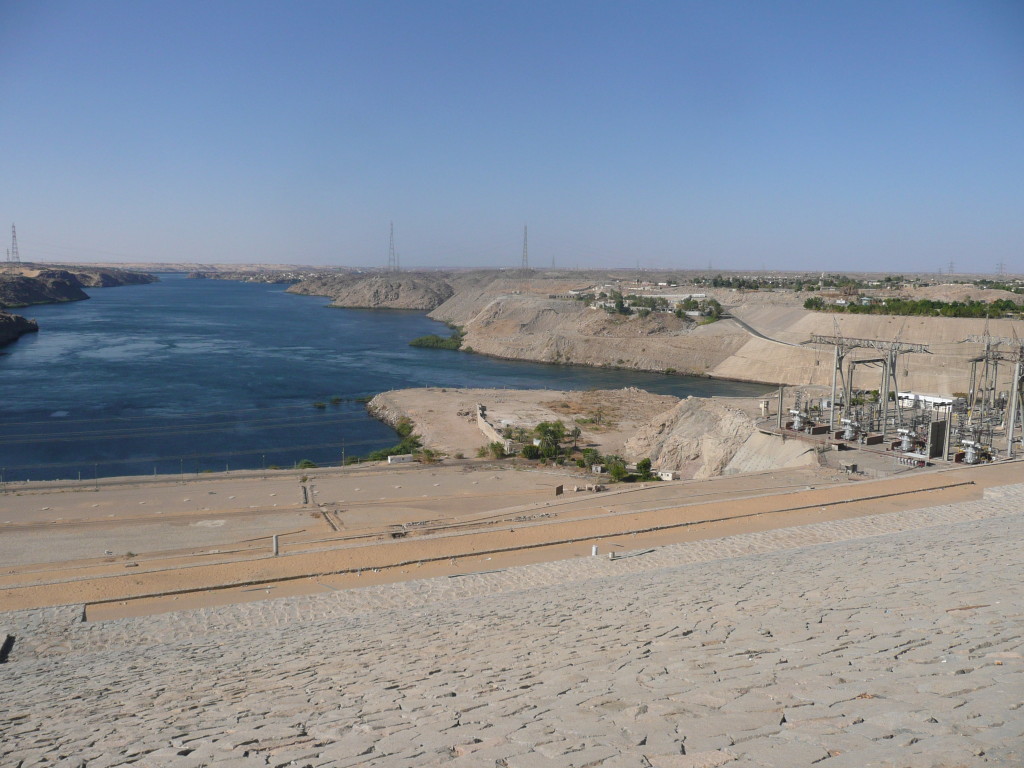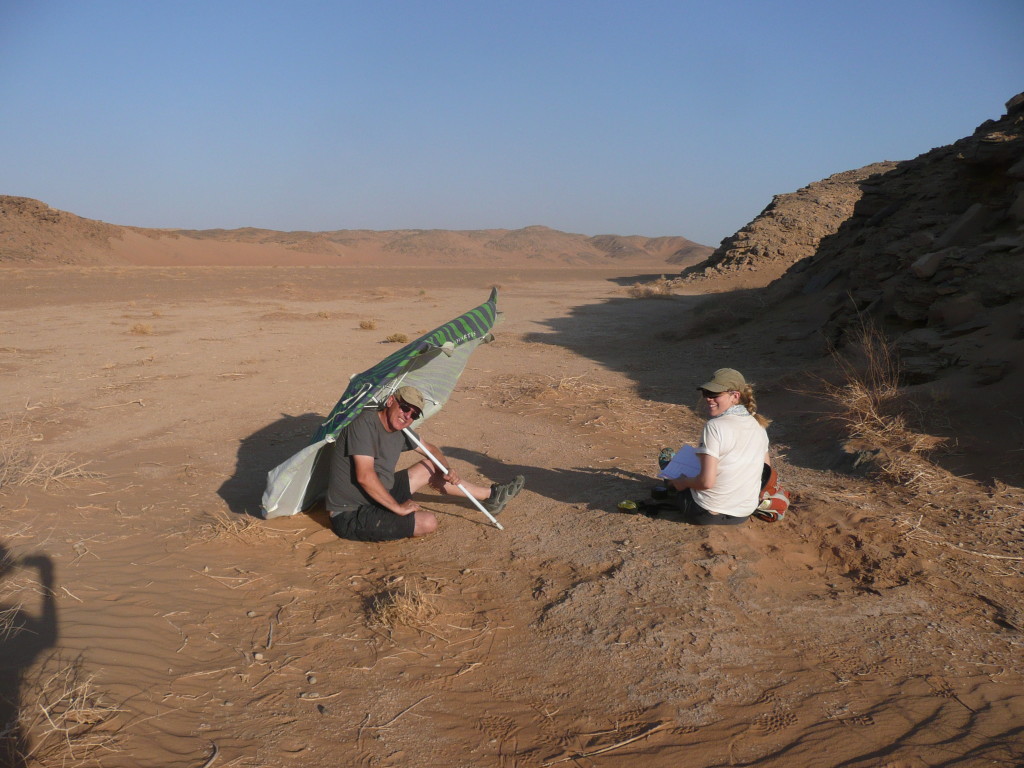This post is a continuation from “An Ethiopian Road Trip” and forms part of my PhD studying the palaeodrainage of the Nile and the delta cone sediments. One of our first tasks in undertaking this provenance study was to characterise each source area of the river Nile in order to identify its signature down-stream in the Nile delta cone sediments. Unfortunately this meant having to carry out the arduous task of visiting each catchment area to sample modern river and or ancient water-lain deposits for our multi-disciplinary study involving single grain (U/Pb zircon, Lu/Hf zircon, U/Pb rutile, Ar/Ar mica and plagioclase) and bulk rock (Rb/Sr, Sm/Nd, Lu/Hf, XRF, heavy mineral analysis and petrography) techniques.
Our second trip took us to the Red Sea Hills (Eastern Egyptian desert) in September 2011. In addition to Yani Najman and me, this time, we brought an extra supervisor along for the ride – Ian Millar from the NERC Isotope Geoscience Laboratory at BGS, Keyworth.
The aims of the trip were very similar to our Ethiopian fieldwork except for the drawback of not being able to sample directly out of a modern river due to the present aridity in the area. This meant sampling other water-lain deposits such as sands from point bars as a result of flash floods and muds from mud cracks/pools.
We manage to make it 2 days into the trip before any mechanical issues – which had nothing to do with the driver at the time of course….!
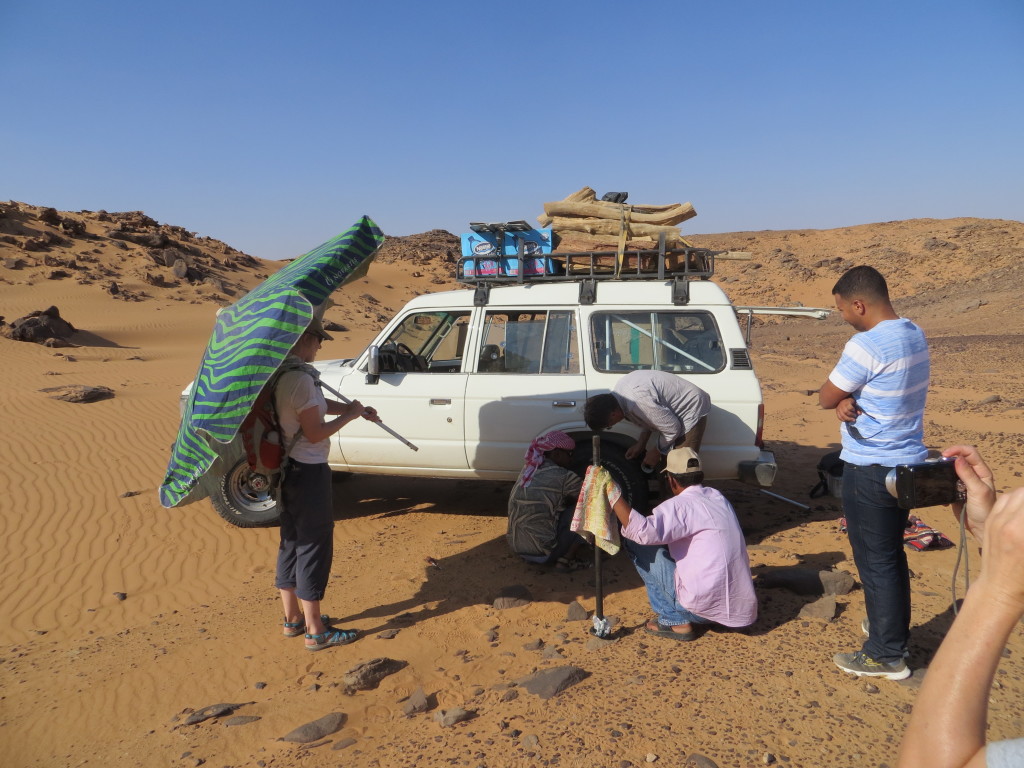
Broken rear differential – nothing that can’t be fixed with a bit of string and gaffer tape. Who needs 4WD in a desert anyway??
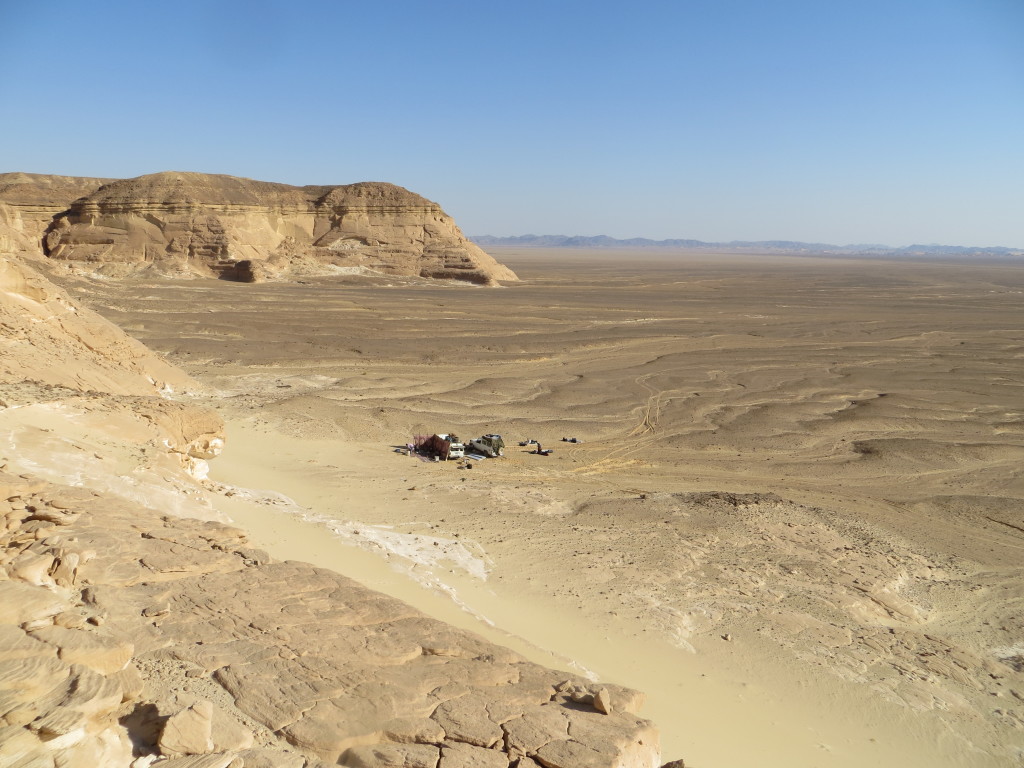
One of our many camps in the Red Sea Hills heading south down Wadi Qena. Topographic relief to the left of the photo comprises Cretaceous ‘Nubian’ sandstones capped by Eocene limestones.
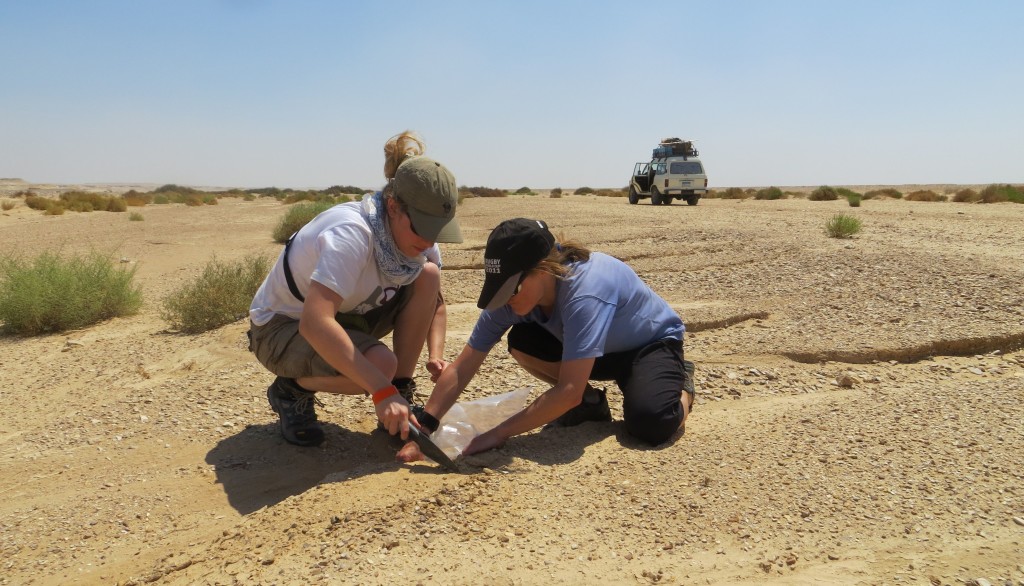
Sampling a point bar in Wadi Kharit, Cretaceous ‘Nubian’ sediments dominate the immediate surroundings.
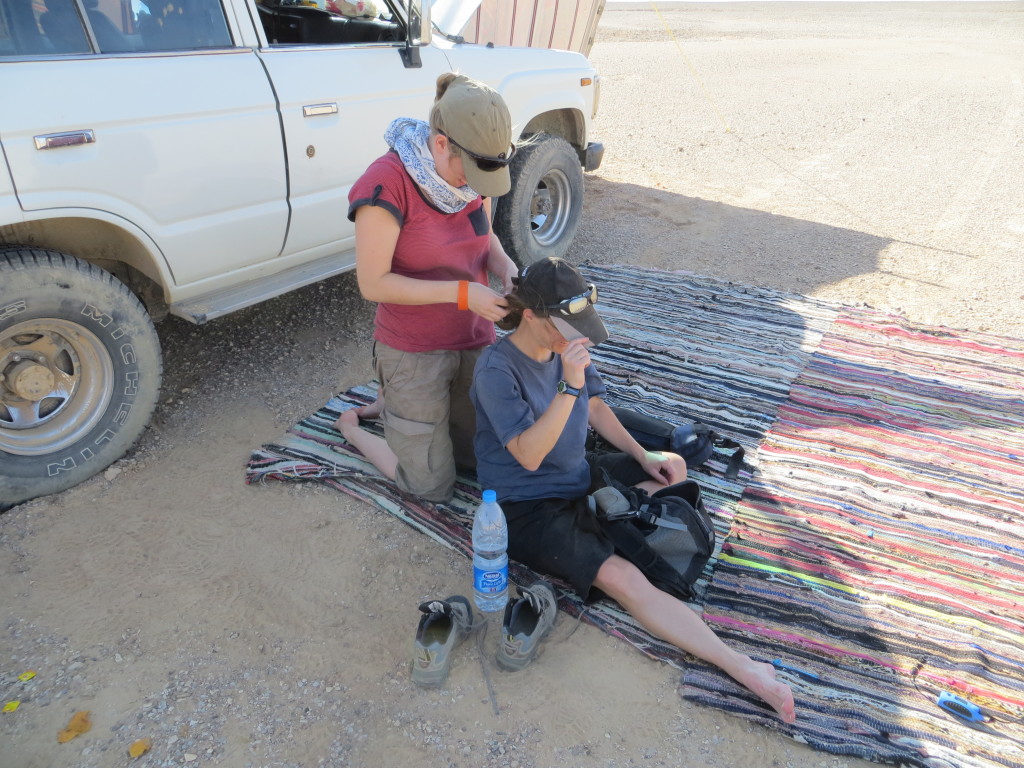
Some student-supervisor-bonding in an attempt to prevent dreadlocks taking over one’s entire head of hair.
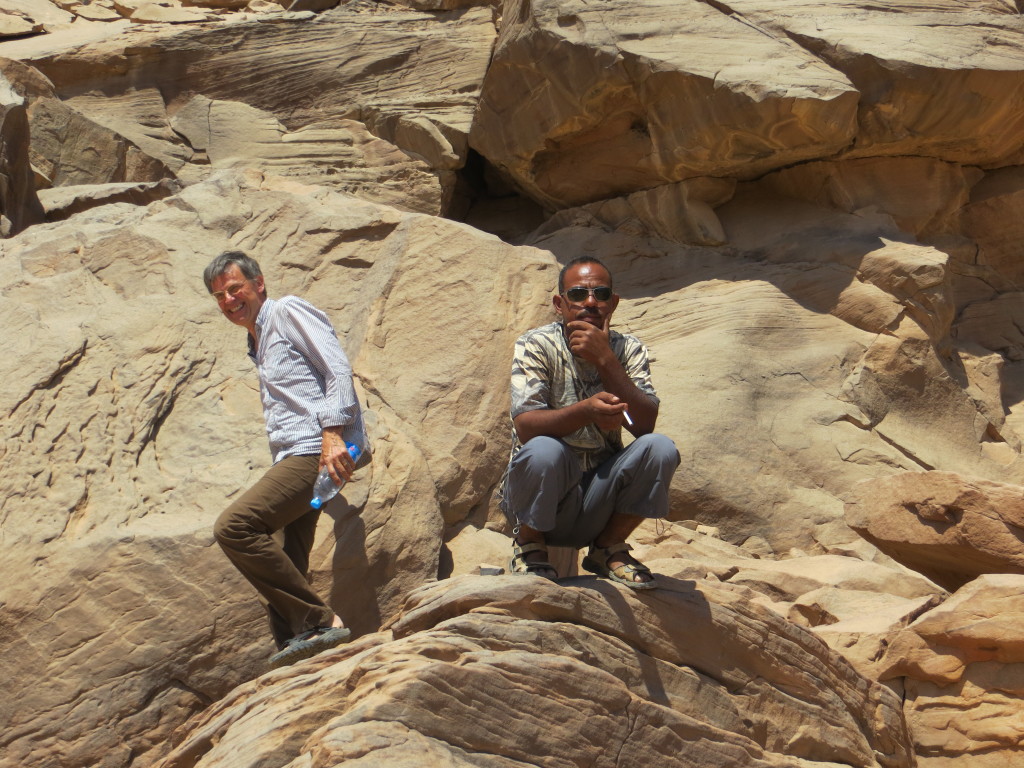
Making all this possible was these guys – Mr Frank and Mr Sunshine. Enabling us to actually locate our sample sites, schmooze with the Bedouin, fix all manner of Land Cruiser hiccups and cook amazing camp food and fig rolls.
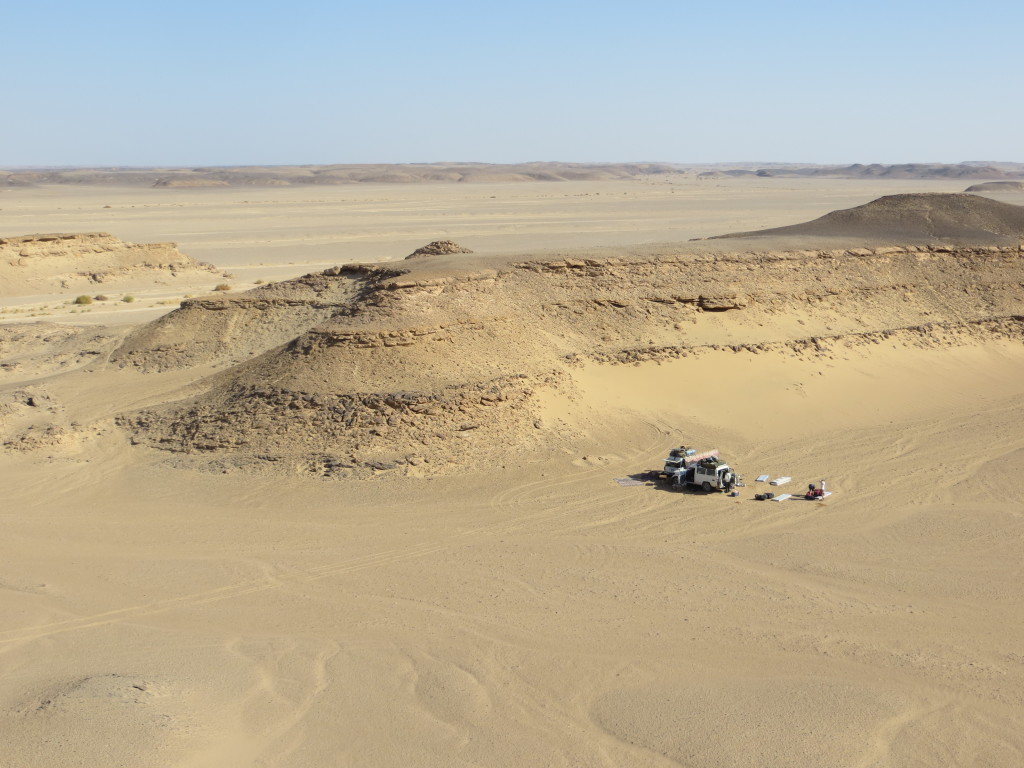
A little more problematic than our Ethiopian Highlands trip but certainly just as, if not more fun! Part 3 soon to follow – the Sudan Nile Trunk.
A little more problematic than our Ethiopian Highlands trip but certainly just as, if not more fun! Part 3 soon to follow – the Sudan Nile Trunk.
See Laura’s other posts here.
![]() This work is licensed under a Creative Commons Attribution-NonCommercial-ShareAlike 4.0 International License.
This work is licensed under a Creative Commons Attribution-NonCommercial-ShareAlike 4.0 International License.

